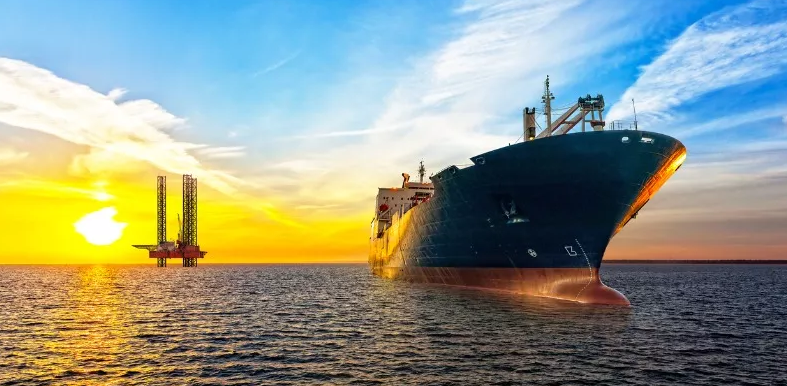Marine Alternator Requirements vs. Automotive Alternator Requirements
Fuel economy through weight reduction is a fundamental objective of car design. As a result, new car alternators are composed of lightweight materials and are sized for tiny batteries and low electrical demands. They cannot withstand large loads in the absence of external airflow for cooling.
Continuous-duty, high-output alternators engineered to last while running safely are required for industrial alternator applications. Marine alternators, for example, require more power than standard automobile alternators to operate lights, radio transceivers, navigation equipment, AC/DC inverters, water makers, pumps, winches, and other high-amperage devices.
Furthermore, marine engines are frequently housed in covered chambers to protect them from moisture and salt spray. This implies that under high loads, marine alternators must be self-cooling or have an auxiliary cooling component.
Features of a Marine Alternator
To achieve these requirements, marine alternators have characteristics not present in automotive-grade units:
- Spark screens that fulfill US Coast Guard requirements in order to exclude the alternator as an ignition source.
- Double insulation to avoid sparks and reduce electrical shock in wet circumstances.
- Self-cooling with dual fans and massive heat sinks under high, continuous loads
- Bearings made of stainless steel, corrosion-resistant alloys, and heavy-duty coatings
- High power at low RPMs to fit the operating circumstances of marine diesel engines
- Battery sensing regulators for high-efficiency battery charging and battery cell breakdown detection.
The design aims of marine alternators and automotive alternators have diverged in recent decades, which means that their manufacturing and operating characteristics are no longer interchangeable, even for equivalent load requirements. Marine alternators, in particular, must function better under harsher circumstances than current vehicle alternators.















Comments